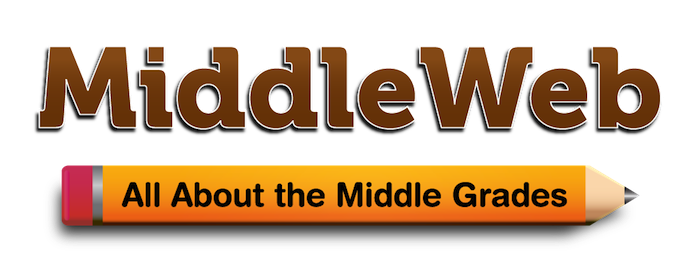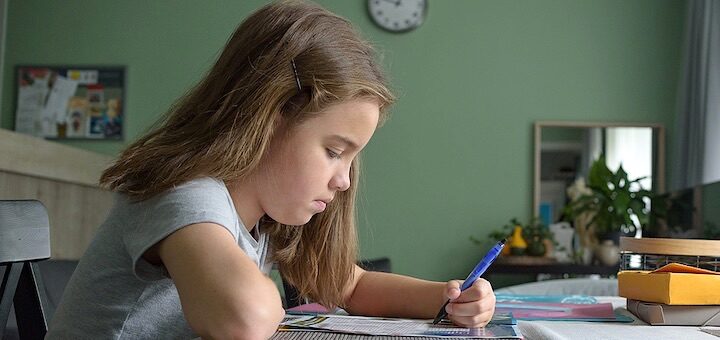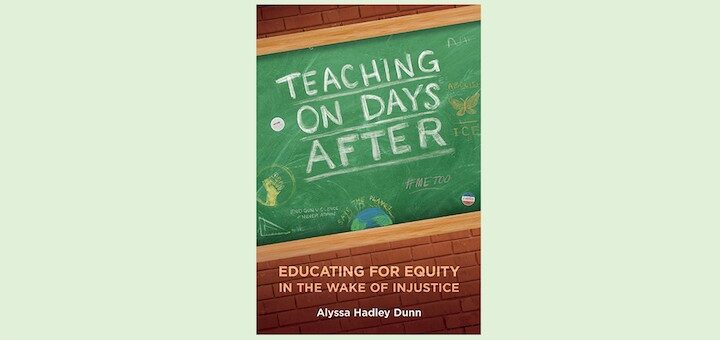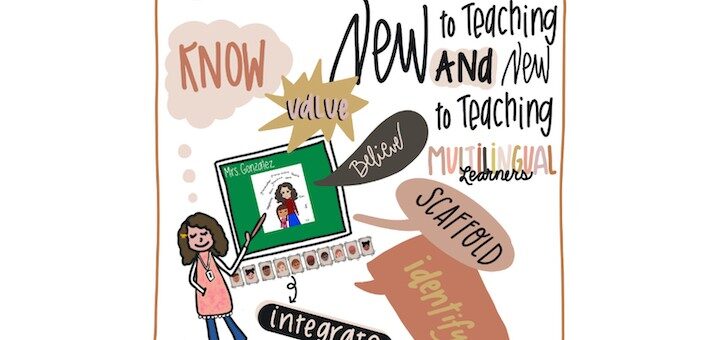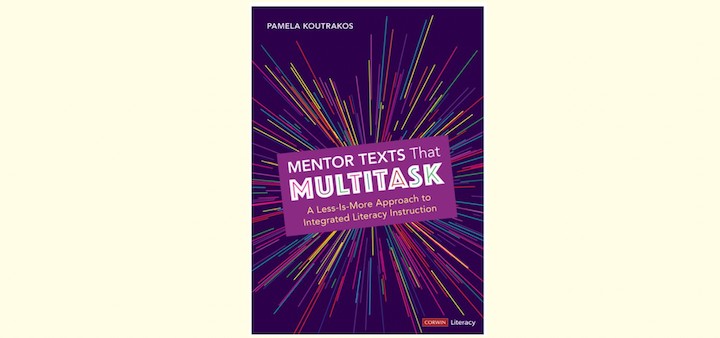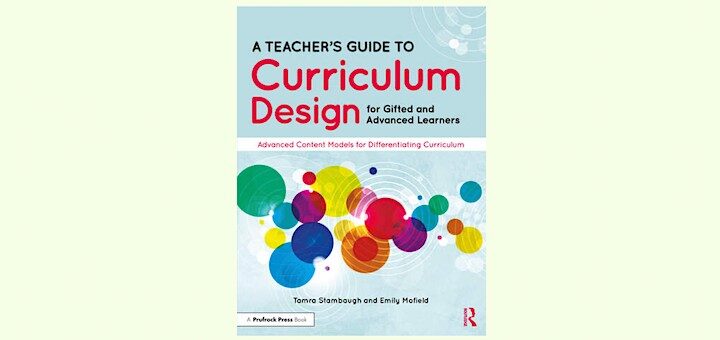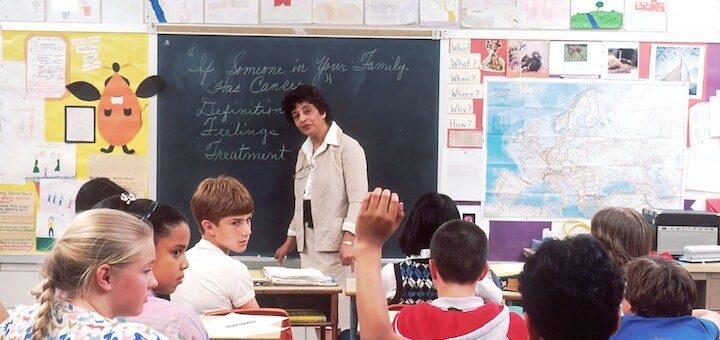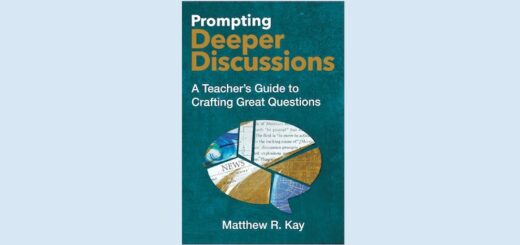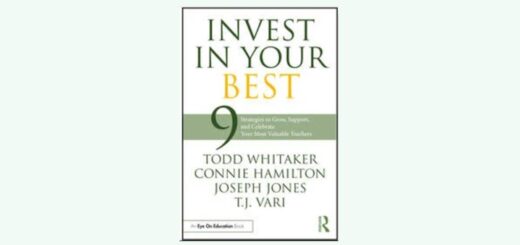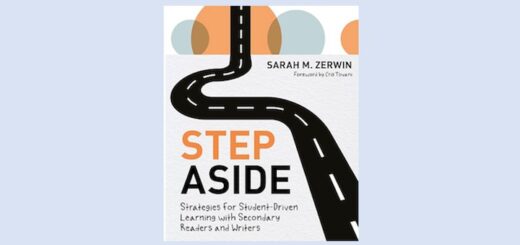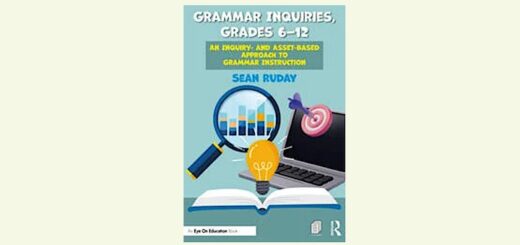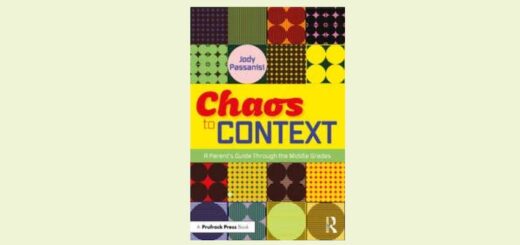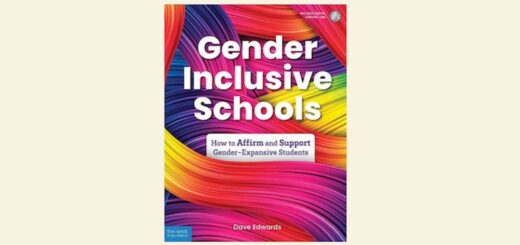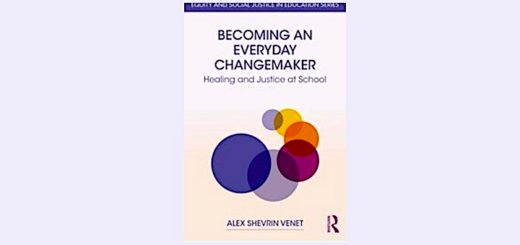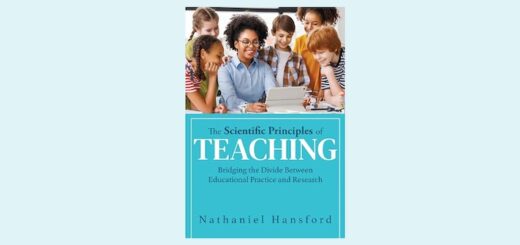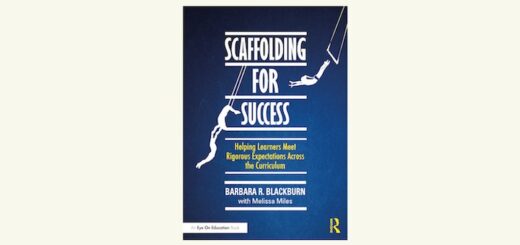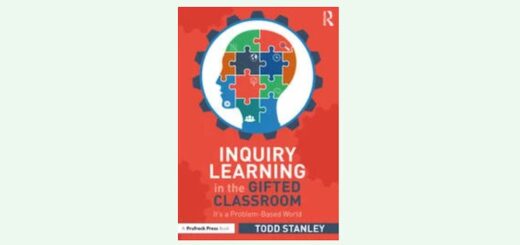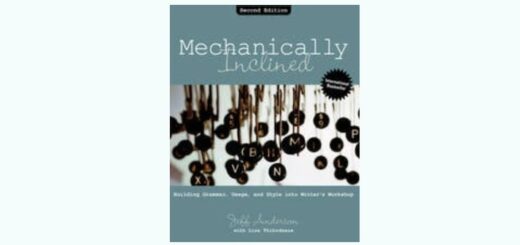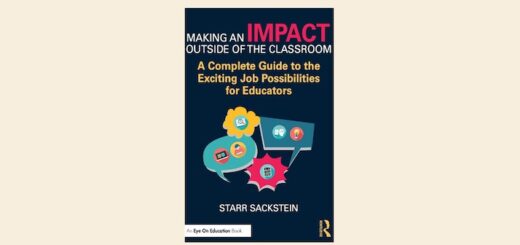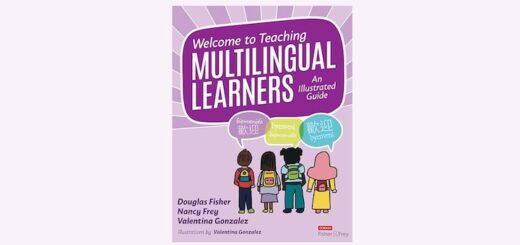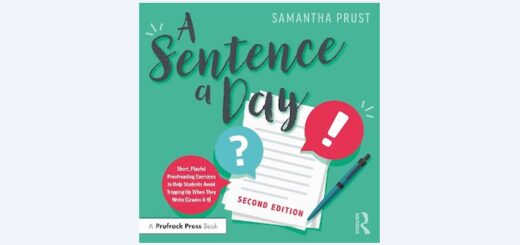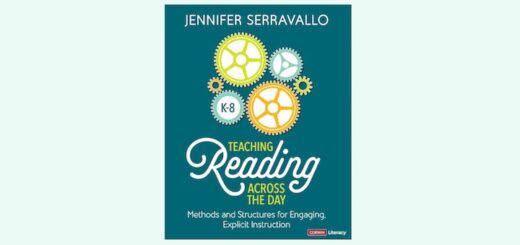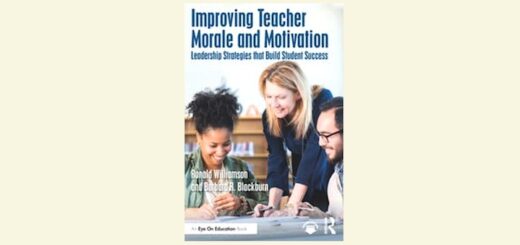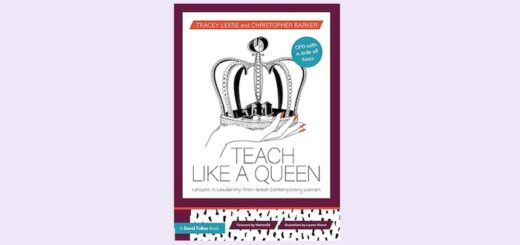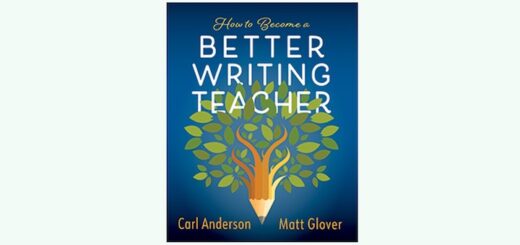Teaching and learning in grades 4-8
8th grader Lily Strickland offers teachers a student’s perspective on homework. She knows her teachers care about kids, but she’s not sure they always understand the impact that assigning homework has on busy adolescents. Her six tips draw on the ‘good policies’ of some of her teachers.
Are you looking for lesson plans and ideas to engage your students as they learn to be confident writers? Lisa Eickholdt and Patricia Vitale-Reilly offer a step-by-step plan to develop writing clubs with variations to keep community interest high all year, says Dawna Brandt.
Alyssa Hadley Dunn’s Teaching on Days After offers research and narratives on how teachers can respond equitably on days after cataclysmic events so that they and their students “reach the full measure of their humanity.” Sarah Cooper recommends Dunn’s pedagogical strategies.
Digital literacy leader Brett Pierce lays out the elements of digital storytelling and shows how students can take the lead in using digital tools to collaborate, think critically, problem solve, and present publicly, creating digital narratives around core curricular goals.
There’s nothing wrong with “putting on a movie” after a tough week in class, writes Amber Chandler, but why not make the most of it? The former AMLE educator of the year shares her strategy (with lesson plans!) for using popular films to reach important SEL goals.
First and foremost, writes EL expert Valentina Gonzalez, new teachers need to view multilingualism as a student asset. Learn her five proven strategies to achieve teaching success with multilinguals, who need to be valued, respected and supported to master academic content.
Pamela Koutrakos’ example-filled “Mentor Texts That Multitask” shows teachers how to design lessons that meet multiple instructional priorities. Sherry Liptak found it to be “a great fit for my professional bookshelf – though I think it will spend more time in my hands!”
Drs. Tamra Stambaugh and Emily Mofield go beyond the usual guidance on differentiation for gifted and advanced learners, providing teachers with useful graphic organizers, project ideas, and sample complex questions in multiple K-12 content areas, writes NBCT Kim Rensch.
How can teachers make sure “visual classroom noise” doesn’t diminish learning opportunities for students? Curtis Chandler draws on research to suggest we choose colors carefully and reduce clutter – stowing away anything that doesn’t have a direct, daily impact on learning.
Laura Robb has long championed the idea that reading and access to books are civil rights. In this story of turning around reluctant readers, the celebrated educator makes a powerful case that when kids have lots of book choices and lots of time to read in and out of school, they’ll become readers for life.
